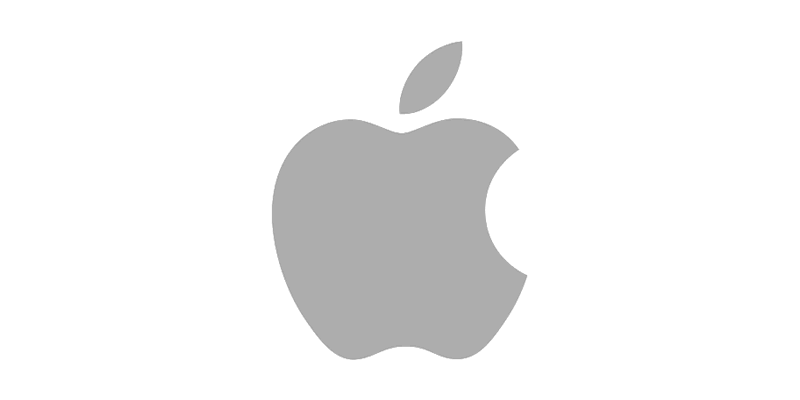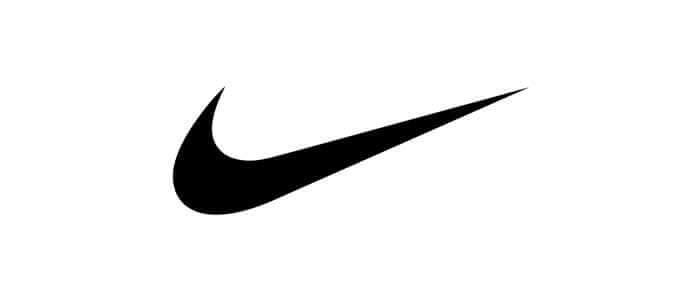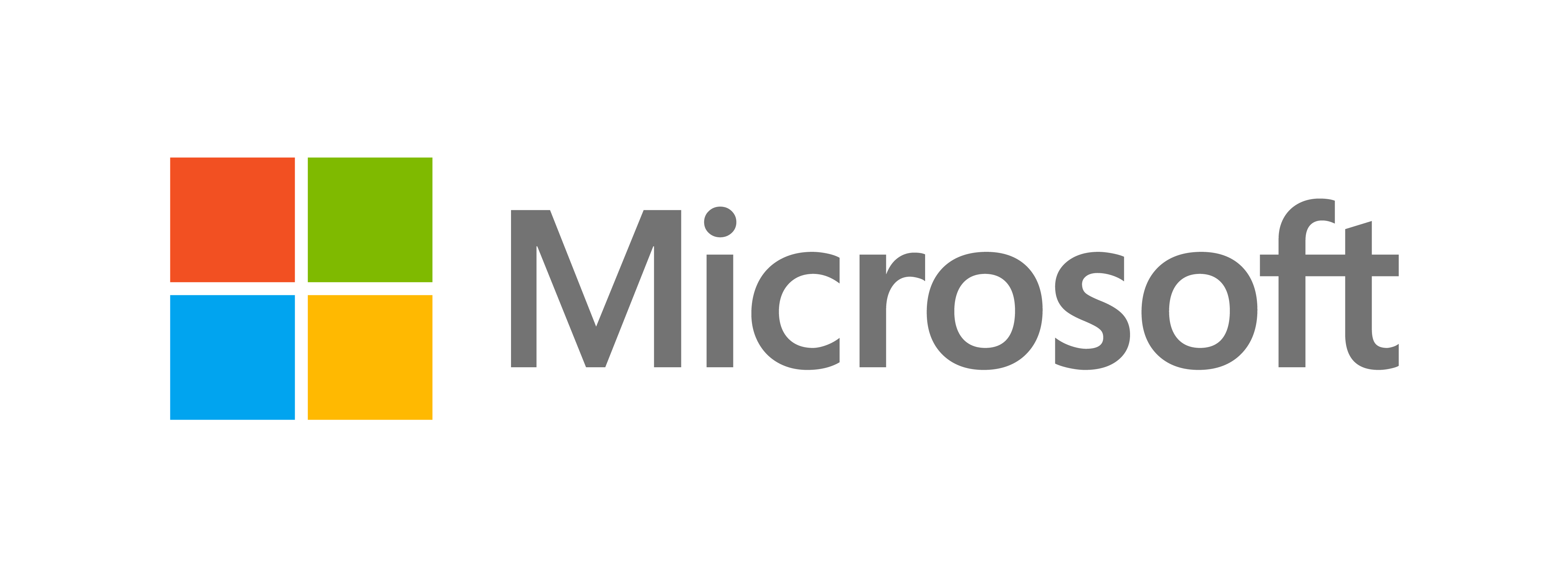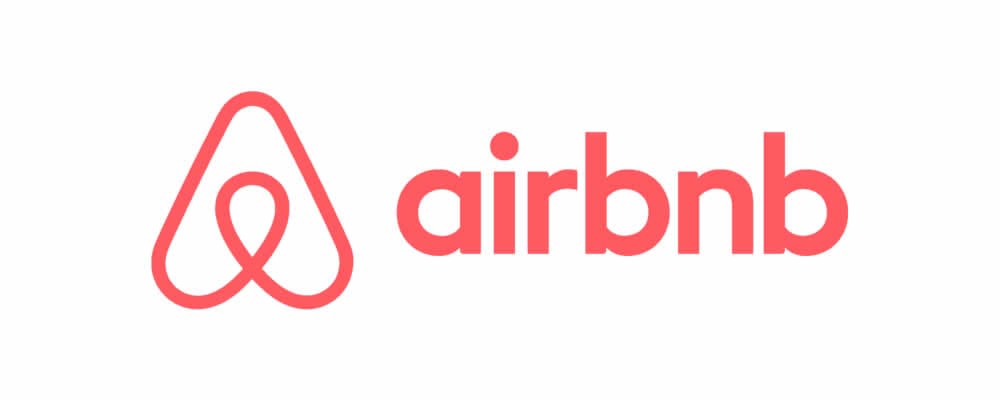In this article we discuss in great detail Logo Design Critique: Analyzing Famous Logos For Inspiration And Insights.
If you feel like your brand isn’t grabbing the attention it deserves, it could be your logo falling short. It’s a common frustration: you put in the effort, but your logo doesn’t quite resonate or stand out in the crowded market
But don’t worry, we’ve got your back. This article is all about finding the right logos for inspiration to spruce up the one you’ve got. We’ll look into some eye-catching logo ideas to make sure you perfectly reflect what you’re brand is all about.
Table of Contents
4 Basic Principles Your Logo Should Follow
Let’s dive into what makes a logo not just good but great and how you can apply these principles.
1. Communicate Clearly

Keep your logo simple and sharp to really grab attention. No need for fancy extras—just pick a clean font and stick to 2 or 3 colors that work well together. Keeping it straightforward will help your logo stand out in a world filled with noise and visuals.
Take the Apple logo as an example: its simplicity and clean design make it super easy to spot and remember, whether it’s on a website or a billboard. Aim to create a logo that’s just as easy for someone to recognize and remember at a glance.
2. Add Unique Symbols

A memorable logo captures your brand’s essence with a unique symbol or design that sticks. Think about what makes your brand special and how you can express that visually.
Take the Nike swoosh as an example. It’s a simple line but conveys motion and speed, mirroring Nike’s dynamic vibe. Aim to pinpoint a unique, catchy feature that truly represents your brand.
3. Keep It Timeless
 A great logo looks just as sharp on a small app icon as it does on a giant billboard. You want a design that’s clear and effective no matter its size, and versatile enough to work in different settings and formats.
A great logo looks just as sharp on a small app icon as it does on a giant billboard. You want a design that’s clear and effective no matter its size, and versatile enough to work in different settings and formats.
Think about how your logo will look in black and white or when printed on promotional items. Take the FedEx logo, for example. Its clever use of negative space keeps it clear and impactful, no matter where or how it’s used. That’s the kind of versatility you should aim for.
4. Reflect Your Brand’s Core
Your logo is like a quick snapshot of your brand’s identity. Every part of your logo, from the colors to the shapes, should help tell your brand’s story clearly.
For instance, if your brand is about being eco-friendly, use green colours and throw in some leaf or tree designs in your logo. Here’s how to get started:
Sit down and write out what makes your brand unique—maybe it’s your eco-friendly materials, your community involvement, or your innovative approach. Then, take those key points and think about how they can visually come to life. If innovation is your thing, maybe opt for a sleek, modern design with sharp angles to show you’re cutting edge.
Once you have these ideas, sketch out how they might look as a logo. Make sure each design element points back to your core qualities so that when someone sees your logo, they instantly get what your brand stands for. For example, the bird in the Twitter logo represents how this site is about the freedom to share ideas around the world.
4 Logo Design Trends To Make Your Brand Stand Out
Look at these 4 examples and see how you can apply a relevant element to your logo.
I. Minimalism
Minimalism peels away the extras to highlight what’s truly important–making your logo more adaptable and recognizable. A minimalist approach helps streamline your design and ensures it communicates more with less.
How To Apply It
 Simplify your design. Focus on essential elements like basic shapes and core colours and ditch any complex graphics or fonts that don’t add value. Think about how the Google logo has evolved over the years to become simpler, enhancing its visibility and memorability.
Simplify your design. Focus on essential elements like basic shapes and core colours and ditch any complex graphics or fonts that don’t add value. Think about how the Google logo has evolved over the years to become simpler, enhancing its visibility and memorability.
For instance, Google kept its classic colour scheme but tweaked the hues a bit to look clearer and more vibrant on digital screens.
Also, the shift from a serif to a sans-serif typeface in Google’s logo made it more legible and modern. Sans-serif fonts are often easier to read on digital screens and look cleaner. Remember to keep key colours and shapes consistent to make sure the brand is still easily recognizable and not lost amid design changes.
II. Gradients
Gradients add a vibrant, dynamic touch to your logo, perfect if you want to give off modern, energetic vibes, such as tech companies or creative agencies.
However, if your brand is in a more conservative sector like banking or law, you might want to avoid gradients. They can appear too flashy and detract from the professional, trustworthy image you want to maintain.
How To Apply It
![]()
Pick a gradient that fits your brand—whether it’s soothing blues for a calm, trustworthy feel or a fiery red to orange for something more energetic. Use the gradient as a subtle touch just to add a bit of life, like how Instagram livens up its camera icon, or go bold with a full background that shifts dramatically.
The key is to choose colours that speak true to your brand’s personality and use them in a way that adds dimension and interest to your logo.
III. Geometric Shapes
Geometric shapes convey a sense of stability and balance, making them a great fit for brands in tech, finance, or engineering—industries where looking organized and reliable is crucial.
On the flip side, if your brand is more about whimsy and organic feels, like a florist or a children’s toy company, you might want to go with softer, more flowing shapes to match your brand’s personality better.
How to Apply It
Pick shapes that vibe with what your brand is all about. Squares suggest strength and dependability, circles can mean unity and inclusion, and triangles show growth or dynamic movement.
Check out how Microsoft uses squares—it cleverly symbolizes how all their different products fit together. Choose shapes that clean up your logo’s look while delivering a clear message about who you are.

IV. Vintage Aesthetics
Vintage-inspired logos tap into nostalgia, giving your brand a timeless charm and a sense of depth.
If you’re running a boutique shop, artisanal food company, or classic clothing line, a vintage-inspired logo could be a perfect match to give your brand that timeless, nostalgic charm. But if you’re in the tech world or a business focused on innovation, you might want to lean towards a sleeker, more contemporary look to better align with your modern vibe.
How to Apply It
To nail that old-school look, go for retro colour palettes, classic fonts, and traditional icons. This style works wonders if your brand has a rich history or values craftsmanship.
Take this example from Fender’s book—their vintage logo style really plays up their long-standing reputation in music history. By embracing a vintage aesthetic, you can communicate your brand’s heritage and quality in a way that resonates emotionally with your audience
![]()
If you’re ready to bring these ideas to life and need some expert guidance, The Logo Creative™ is here to help. Our award-winning team excels in creating bespoke logo designs and branding solutions that capture the unique spirit of your business perfectly. For more information on how we can tailor our services to meet your specific needs, visit our website or reach out directly.
Decoding Iconic Logos – What To Look Out For
Let’s break down what makes iconic logos work and how you can use those to polish your logo.
a. The Starbucks Mermaid

Over the years, Starbucks simplified its mermaid logo, moving from a highly detailed black-and-white image to a cleaner and simpler version. This shift towards minimalism ensures the logo still pops, whether on a small coffee cup or an app icon on your phone.
Here’s what you can do: Consider how you can simplify your logo. Could removing some details make it bolder and more visible in various sizes? Think about what’s essential for your brand identity and cut back on the rest.
b. The Prosple Logo

The Prosple logo uses bright colours—blue, yellow, and red—in a simple, geometric shape that grabs your attention and gives off a sense of energy and trust. More than just colours, there’s a pinpoint marker in the logo.
This isn’t just for show; it ties directly to Prosple’s mission of guiding you to top internships and jobs in Australia. It’s a great example of how a logo can do more than just look good—it tells you what the company is all about and reassures you that you’re in the right place.
Here’s what you can do: Take a close look at the colours and shapes in your logo. Do they clearly communicate your brand’s essence? Consider introducing a bold colour or a simple icon to make your logo really stand out.
For instance, if your brand is energetic and youthful, a bright orange or vivid blue might be just what you need. On the other hand, if you’re all about simplicity and clarity, a clean geometric shape could say a lot without being overly complex.
Make sure it’s clean and clear, easy to recognize, whether it’s big on a billboard or small on a phone screen. Sometimes, simplifying things and sticking to the basics can really help your logo stand out and be memorable.
c. The Toblerone Logo

Inside the mountain of the Toblerone logo is a hidden image of a bear, standing for the city of Bern, Switzerland, where the chocolate is made (known as the city of bears). This not only adds a layer of local identity but also engages customers in a subtle visual puzzle.
Here’s what you can do: Think about how you might use negative space creatively. Is there a way to incorporate a hidden meaning or a visual surprise that adds depth to your logo?
Common Pitfalls in Logo Design & How To Avoid Them
We’ll walk through some frequent design mistakes and share how you can dodge them so that your logo serves its purpose well.
A. Choose Symbols Wisely
Be careful when selecting symbols for your logo. If you choose something that’s unclear or could be taken the wrong way, it might confuse or even offend people.
For example, cultural symbols can have different meanings that aren’t obvious at first glance, which could alienate some of your audience. Stick to clear, universally recognized symbols that clearly reflect what your brand stands for to keep your message positive and inclusive.
The solution: When putting together your logo, every piece should mean something and match your brand’s vibe. Think about the broader and cultural meanings of the symbols you pick. Before you settle on a design, show it to a variety of people to catch any misunderstandings and make sure it resonates well.
For example, look at Airbnb’s logo, the “Bélo.” It cleverly combines a heart, a location pin, and the letter ‘A’ to reflect the idea of belonging. It’s a great match for Airbnb’s goal of making everyone feel at home, no matter where they are in the world.

B. Don’t Ignore Scalability
A logo that looks great on a billboard but becomes unrecognizable on a business card can compromise your brand’s visibility across different platforms.
The solution: Design your logo with scalability in mind. This means it should maintain its clarity and impact, whether scaled up for a poster or down for a pen. Test your design at various sizes during the design process. For example, the Shell logo retains its distinctive features no matter the size.
C. Don’t Overuse Generic Icons
Avoid cliché symbols like globes for international business or checkmarks for quality, as they can make your logo fade into the crowd.

The solution: Get creative as the Whop logo does. They transformed the letter “W” into a bold, dynamic symbol that screams connectivity and energy, perfectly capturing the brand’s vibe. Be bold and think outside the box.
D. Don’t Neglect Colour Psychology

Colour psychology is important for for your brand as colours evoke emotions and associations. Choosing the wrong colours can send conflicting messages about your brand’s identity.
For instance, while red might energize and grab attention, it could be too intense for a brand that wants to convey calm and trust, like a spa. In that case, soothing blues or greens would be a better fit.
The solution: Pick colours based on the emotions and traits you want to associate with your brand. For example, blue can evoke trust and dependability, which is why it’s favoured by financial institutions like Chase Bank.
Conclusion
Designing a logo goes beyond just creating a cool image. Ask yourself: Does your logo tell a story that engages your audience? Is it adaptable enough to look good across all digital platforms and still grab attention?
Remember, your logo sets the tone for your brand’s story. Make sure it aligns with your core values and consistently conveys the right message to enhance your presence in the market.
At the Logo Creative™, our award-winning team is all about creating bespoke logo designs and branding solutions that truly reflect the unique spirit of your business. If you’re looking for solid logo design inspiration or need a hand, we’re here to help. Let’s craft a visual identity that’s as bold and ambitious as your business goals.
Join The Logo Community
We hope this article has helped. If you would like more personal tips, advice, insights, and access to our community threads and other goodies, join us in our community.
You can comment directly on posts, access our community threads, have a discussion and ask questions with our founder Andrew.
If you’re looking to learn more about brand strategy, we highly recommend eRESONAID with our friend and acclaimed brand strategist and author Fabian Geyrhalter, it’s packed full of knowledge and insights you will need to learn to become a brand strategist or apply what you learn within your own business.
Further Reading:
- 10 Examples of Powerful Global Branding
- Learning from the World’s Most Famous Logos
- Best Global Rebrands and Logo Redesigns of Major Brands
- The Psychology of Shapes in Logo Design
- Unlocking the Magic of Logo Design: A Guide to Creating Memorable Logos
- Branding Beyond Borders: Elevating Your Global Presence through Impactful Logo Design
- Logo Design Trends to Watch Out for in 2023: Stay Ahead of the Curve!
- Most Expensive Logos In The World
- Every Good Logo Tells a Story! 40 Famous Brand Logos & Their Hidden Secrets
- Famous Logo Designers and Their Distinctive Style
- Using the Golden Ratio in Logo Design
- 20 Famous Brand Logos Constructed in Grid Systems
 Author Bio
Author Bio
Burkhard Berger is the founder of Novum™. He helps innovative B2B companies implement modern SEO strategies to scale their organic traffic to 1,000,000+ visitors per month. Curious about what your true traffic potential is?


